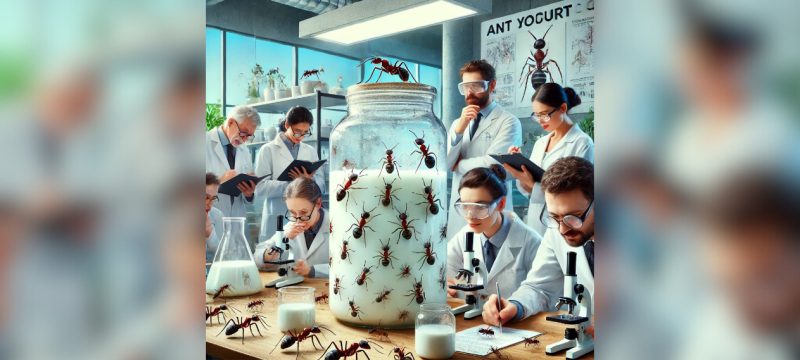A research team from the University of Copenhagen has made an intriguing discovery by recreating an ancient yogurt-making technique that involves the use of ants. Led by Veronica M. Sinotte, the study sheds light on a forgotten practice among nomadic peoples in Bulgaria and Turkey, who used red wood ants (Formica rufa) to ferment milk when traditional yogurt starters were unavailable.
The researchers collected live ants from Bulgarian colonies and placed them in jars of warmed raw milk, which were then buried inside ant mounds for 26 hours. The result was a unique yogurt characterized by a lower pH than fresh milk, a curdled texture, and a tangy, herbaceous flavor, which stemmed from the microbial interactions facilitated by the ants.
Subsequent controlled experiments conducted in Denmark confirmed that the ants introduced a diverse array of bacteria, including lactic and acetic acid bacteria, into the fermentation process. This revelation opens up exciting possibilities for using insects as sustainable sources of fermentation agents, a concept already being explored by the Michelin-star restaurant Alchemist, which has created new dishes featuring “ant yogurt.”
While these findings are promising, researchers caution that further regulatory approvals will be necessary before ants can be widely used in food production. The study not only highlights innovative culinary practices but also underscores the potential role of insects in sustainable food systems.









